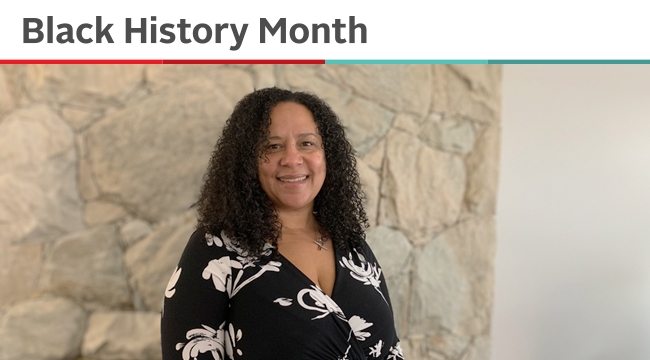How Canadian Blood Services supports Canada’s tissue system
Helping bring Canada’s 17 eye and tissue banks together
“It was as if someone had taken a teaspoon of sand, dumped it in my eye, taken their thumb and ground it in, and every once in a while, gave it a little poke with a twig.” That’s how Loreen Hardy-Ramey describes living with Fuchs endothelial dystrophy, a hereditary eye condition.
Without the cornea transplant the Arnprior, Ont. woman received in the summer of 2016, Hardy-Ramey’s pain would have continued as her sight faded.
“I say it was my eightieth birthday present because I received this gift just days after my birthday,” she says.
As Canada’s population ages, the demand for corneas is expected to go up. A single tissue donor could save or improve the lives of up to 75 patients. Tissue donation can help patients living with serious or life-threatening medical conditions, such as a patient with severe burns or a child needing a heart valve replacement. Cornea grafts restore sight. Bone and tendon grafts help cancer, orthopedic and sport-injury patients restore their mobility and quality of life.
Canadian Blood Services works collaboratively with the Canadian tissue community to establish best practices, collect national data, support professional education, raise public awareness and advance system improvements. One of the first and biggest ways we’ve supported our partners is by collecting and analyzing national data.
“When we received the mandate for tissue over 10 years ago, we were able to help pull the tissue community together. At the time, no one could tell how many tissue donors there were in Canada or how many grafts were being produced or distributed,” says Jim Mohr, senior advisor, lead system development, organ and tissue donation and transplantation.
“Each province had a different level of sophistication in tracking tissue donation and transplant activity, and most provincial governments didn’t have access to this information. That’s something we’re able to help with as a national organization.”
The data we collect, analyze and trend helps provincial eye and tissue programs better understand what’s happening in their region and how it compares to others. They can then use this understanding to inform how they operate. Governments and national organizations use this data to shape their discussions on national practice and policy. The data also has the potential to support future research by providing a broad dataset to work with.
How data helps: improving access to cornea transplants
One area of particular focus for Canadian Blood Services has been working with Canada’s eye community to develop national guidance to improve access to cornea transplants in Canada.
“The data we collected was able to show us that there’s a health equity issue in terms of access to cornea transplantation. The wait time you’re looking at varies widely depending on where you live in the country — in province A you wait one month; in province B you wait two years,” says Mohr.
By analyzing the data surrounding this issue, the eye community is now working collaboratively to increase coordination between provinces to reduce waitlists and increase access to cornea transplantation.
“Data is everything. If we didn’t have data, we wouldn’t be able to see where to focus our work to improve the system and access to care.”
Developing leading practices, getting everyone on the same page
Canadian Blood Services has helped facilitate many important conversations and decisions in Canada’s eye and tissue community. For example, in 2016, following several years of work, we were able to help develop clinical guidelines to reduce the risk of disease transmission during tissue transplants. This led to four international publications, and it ultimately established greater consistency in practice across jurisdictions.
Our team dove into action again for the COVID-19 pandemic. Since the issue erupted, members of the tissue community across Canada have been participating in weekly conference calls to share knowledge and develop guidance to increase consistency in practice — for example, screening potential tissue donors for COVID-19. To date there is no evidence the virus that causes COVID-19 can be transmitted via tissue transplant, but it is important to minimize risk until we know more.
In addition, Canadian Blood Services’ Dr. Steven Drews and Dr. Sheila O’Brien led a collaboration with Dr. Antoine Lewin, Héma-Québec, and the Canadian eye community to estimate, based on the incidence of asymptomatic COVID-19 patients and additional clinical factors, the risk of a donor cornea transmitting COVID-19 to the cornea recipient. Their work estimated risk of transmission as very low — less than that of acquiring COVID in general everyday life. This information is extremely valuable in ensuring patients have accurate information prior to transplant.


